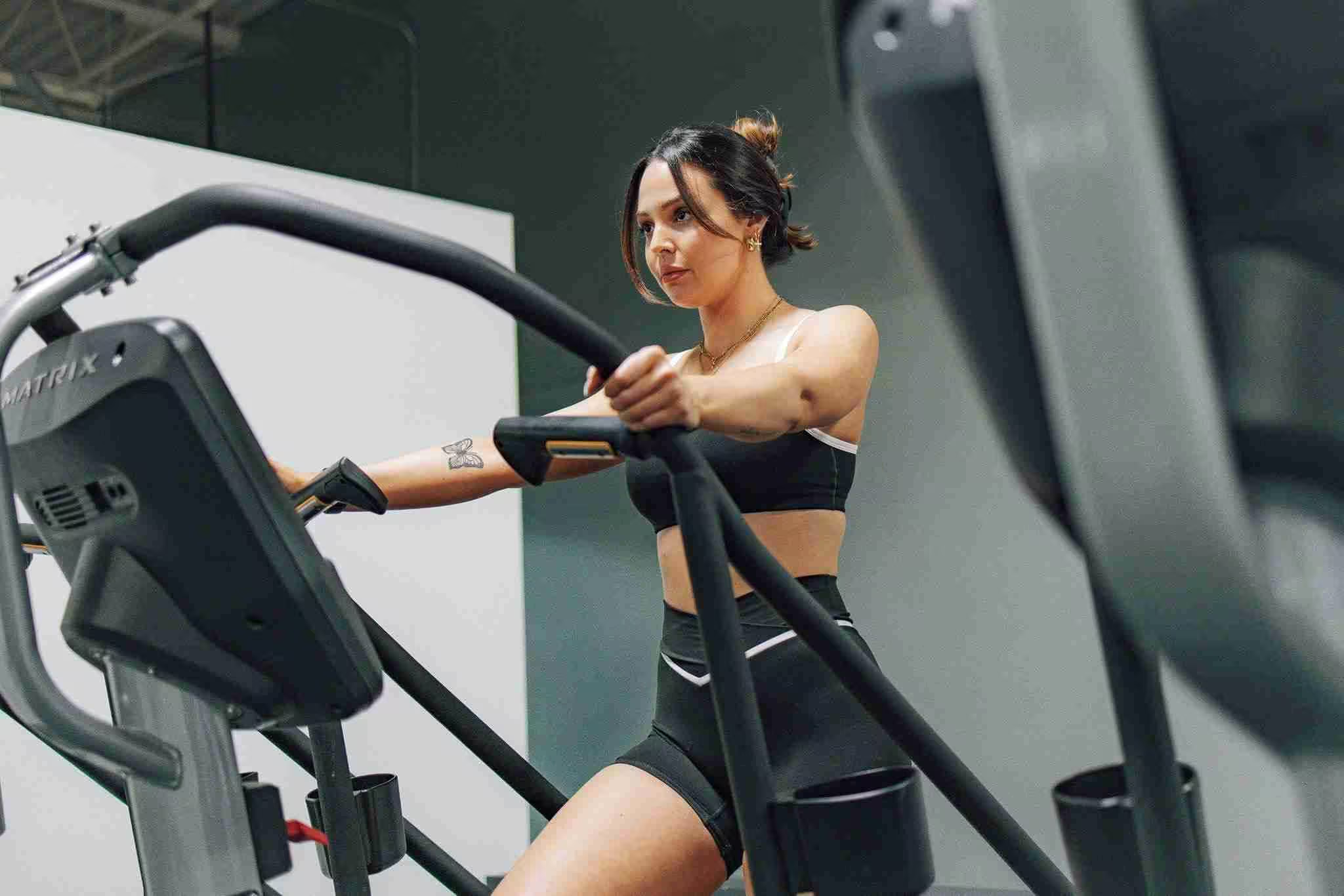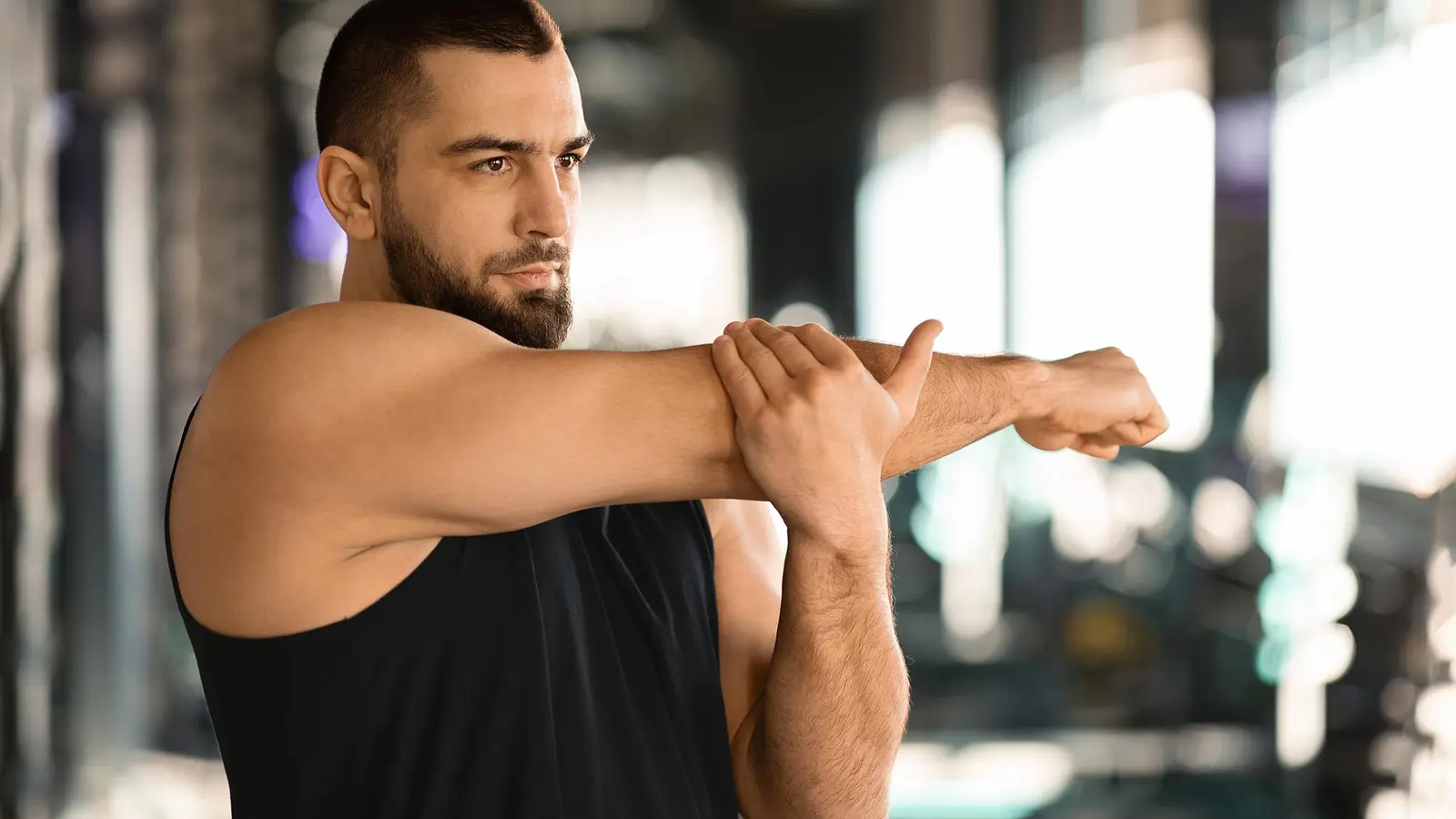4 Minutes
A brief, targeted warm-up that raises muscle temperature by just a degree can measurably improve how fast and forcefully muscles contract. New research from Edith Cowan University highlights why the type of warm-up and how closely it matches the main activity can shape athletic performance.
New findings suggest that even small shifts in muscle temperature can meaningfully alter how the body produces force and speed. The type of warm-up, and how closely it resembles the activity that follows, may influence these effects more than previously thought.
Why a small temperature rise matters for speed and power
Muscle physiology is temperature-sensitive: biochemical reactions speed up as tissue warms, nerve conduction becomes faster, and muscle fibers shorten more rapidly. The ECU team quantified this effect and found a clear relationship — roughly a 1°C increase in muscle temperature produced about a 3.5% improvement in performance measures tied to rate and explosiveness, like sprinting speed or jump power. Notably, maximal strength (the heaviest single effort) did not show the same sensitivity.

That distinction matters. If your sport depends on explosive movements or quick force development, a warmer muscle can change outcomes more than a heavier lift done once. The physiological reason is that rate-dependent properties (how quickly force is developed) are more affected by enzymatic activity and excitation–contraction coupling than steady-state maximal force.
Active versus passive warm-ups: what the evidence says
The researchers compared active warm-ups — short bouts of movement such as easy cycling or rehearsal sets — with passive heating like heat pads or hot showers. Both approaches elevated muscle temperature and tended to improve speed and power, but the studies suggested a critical caveat: the closer the warm-up resembles the main task, the greater the benefit.
Specificity wins
Practicing the movement you will perform appears to prime the nervous system as much as it warms tissue. For example, doing lighter repetitions of a weightlift helps athletes recruit motor units more effectively and refines movement patterns before increasing load. That neural learning “on the spot” can amplify the temperature-related gains.
“Any warm-up is valuable,” said Dr. Cody Wilson, lead author of the ECU study. “But warm-ups that mimic the main activity often produce better results than general movement alone, because they combine muscle heating with task-specific motor priming.”
How to warm up effectively without wasting time
Practical takeaways are straightforward. Start with movement to raise heart rate and tissue temperature — a brisk walk, light cycle for ten minutes, or a few dynamic drills. Progress into rehearsal sets that look like the main exercise: lighter sprints before a race, submaximal jumps before plyometric training, or empty-bar sets ahead of heavy squats. Look for simple physiological cues: movements feel smoother, coordination improves, and a light sweat often indicates adequate warming.
Professor Tony Blazevich, ECU’s biomechanics expert, notes there is no single “golden rule” for when to stop warming up and begin the workout. Instead, he recommends athletes self-assess: when movements become accurate and comfortable and a light sweat appears, you’re likely ready to start.
Expert Insight
Dr. Lena Ortiz, a sports scientist not involved in the study, adds: “The combination of warming tissue and rehearsing sport-specific skills produces two complementary effects — improved muscle contractility and fine-tuning of neural patterns. For coaches, that means designing warm-ups that are brief but progressive and task-focused. You don’t need 30 minutes — you need the right 10 minutes.”
Designing pre-workout routines around temperature and specificity can be a subtle but high-leverage change. Whether you’re training for speed, power, or sport-specific explosiveness, a short, purposeful warm-up that raises muscle temperature and practices the target movement is a simple habit with measurable benefits.
Source: scitechdaily


Leave a Comment